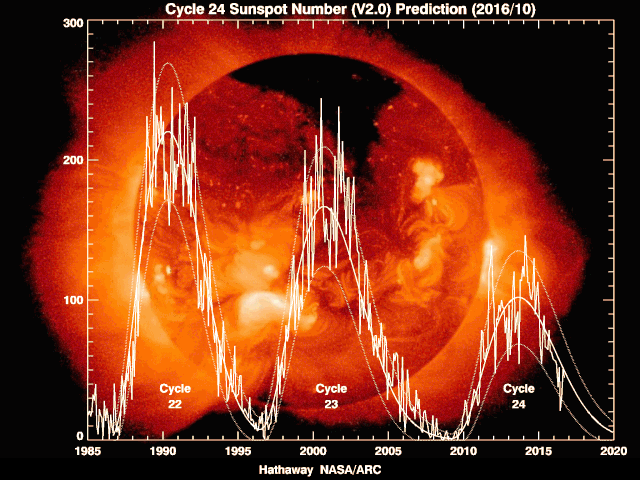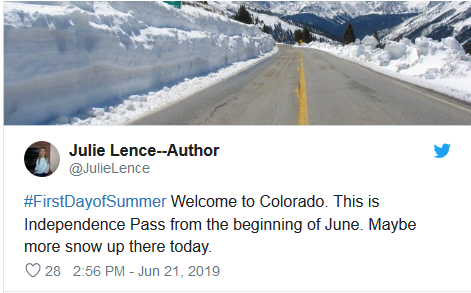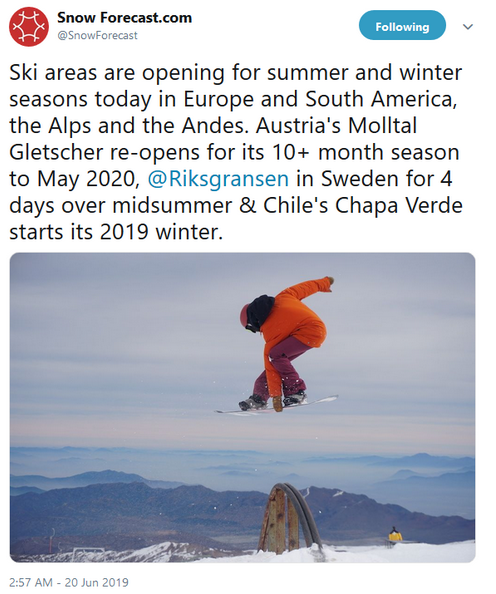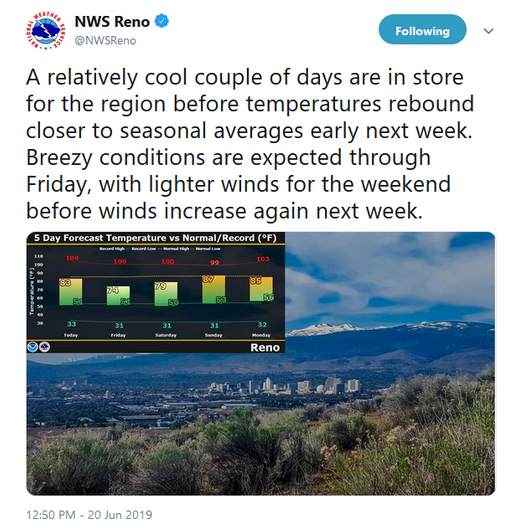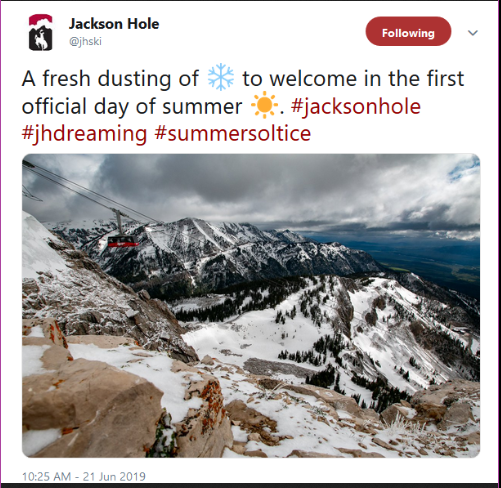NASIRIYAH, IRAQ - As one of the hottest countries in the world, with around half of its terrain covered in desert, Iraq is no stranger to stiflingly hot summers.
Jun 16, 2019 - Heat wave hits Iraq, one of hottest countries in the world - and sparks begin to fly
Heatwave hits Iraq, one of hottest countries in the world - and sparks begin to fly
An Iraqi man uses a curbside shower to cool off during a heatwave in the capital Baghdad, on June 14, 2019.PHOTO: AFP
Working hours have changed, with businesses opening and closing later to take advantage of the cooler evenings.
Baghdad residents shutter themselves away during the searing afternoons, then re-emerge around midnight or later for a belated dinner in the manageable 35 deg C heat.
Inside, they crank up air-conditioning units, putting extra strain on the country's dilapidated power grid and causing the much-despised outages that sparked massive protests last year.
Further south in the oil-rich province of Basra, the heat has reached life-threatening levels.
Oil companies have hoisted purple flags above their facilities to signal the highest possible danger levels for those working on the fields given the heatwave.
With temperatures set to rise further in the weeks ahead, government officials are bracing themselves.
"The heat is reaching levels we haven't registered since 2011," says Mr Amer al-Jaberi of the state meteorological office. "It's going to be a hot summer."
Jun 19, 2019 - Exhausted polar bear wanders into Siberian city
Exhausted polar bear wanders into Siberian city
The female bear, with its feet caked in mud, is the first polar bear seen in the major Russian industrial city of Norilsk in more than 40 years, according to local environmentalists.PHOTO: REUTERS
The female bear, visibly weak and seemingly ill, lay despondently on the ground for hours on June 18 in Norilsk's suburbs, occasionally rising to sniff around for food.PHOTO: REUTERS
A starving polar bear has strayed hundreds of kilometres from its natural Arctic habitat and wandered, exhausted, into the major Russian industrial city of Norilsk in northern Siberia.
The female bear, visibly weak and seemingly ill, lay despondently on the ground for hours on Tuesday (June 18) in Norilsk's suburbs, its feet caked in mud, occasionally rising to sniff around for food.
It is the first polar bear seen in the city in more than 40 years, according to local environmentalists.
Mr Oleg Krashevsky, a local wildlife expert who filmed the polar bear close up, said it was unclear what had brought the animal to the city, although it was possible it had simply got lost. He said it had watery eyes and could clearly not see well.
Climate change
has been damaging polar bears' sea-ice habitats and forced them to scavenge more for food on land, bringing them into contact with people and inhabited areas.
A state of emergency was declared in a remote inhabited area of northern Russian earlier this year when dozens of hungry polar bears
were seen scavenging for food and entering public buildings and homes.
State wildlife experts are expected to arrive in Norilsk on Wednesday to assess the bear's condition.
Local residents in the city known for nickel production came out to photograph the bear and look at it, with police preventing them from getting too close. Mr Krashevsky said it was not clear what would be done with the polar bear, as it looked too weak to be taken back to its natural habitat.
June 19, 2019 - Cold War spy imagery shows Asian glacier melt is speeding up
Cold War spy imagery shows Asian glacier melt is speeding up
Mount Everest (centre) and other peaks of the Himalayan range are seen from the air during a mountain flight from Kathmandu.PHOTO: REUTERS
Himalayan glacier melt has doubled over the last 40 years, according to new research made possible by declassified cold war era satellite imagery.
The 650 glaciers under study in parts of China, India, Bhutan and Nepal were found to be melting at the rate of about 0.43m of water a year between 2000 and 2016, or twice as fast as they did between 1975 and 2000.
About 13 per cent of the ice seen in 1975 disappeared by 2000. In the next 16 years, another 15 per cent of the original glaciers vanished.
Those glaciers feed rivers that run from western Pakistan to central China, providing water for as many as a billion people.
The scale of the ice is so grand that the frozen top of Asia is commonly referred to as the "third pole," after Antarctica and the Arctic.
The melting was consistent across more than 2,000km. Researchers suspect the rise in regional average temperature over the last 40 years is the culprit.
The amount of energy it takes to melt that much ice "is consistent with warming temperatures recorded by meteorological stations in the region," they wrote, or about 1 deg C, though they said they were not able to be as specific as they would have liked.
"It looks just like what we would expect if warming were the dominant driver of ice loss," said Joshua Maurer, a Columbia PhD candidate and the lead author of the new Science Advances article, in a release.
Data from the study was obtained by US KH-9 Hexagon satellites used for global reconnaissance during the 1970s. The researchers accessed the images, which had been scanned by the US Geological Survey, through the agency's Earth Explorer portal.
The elevation levels were estimated using modelling and mathematical techniques, and most of the 42 images studied were taken from 1973 to 1976.





